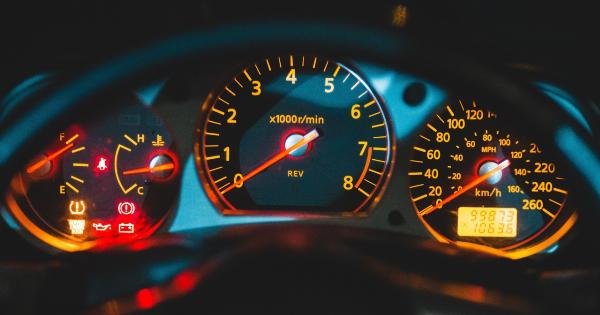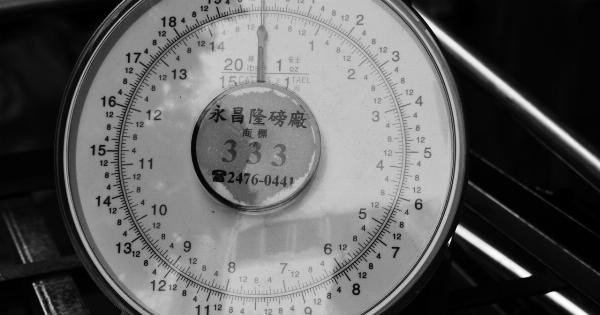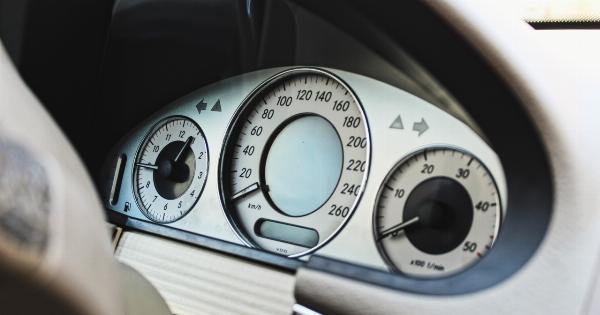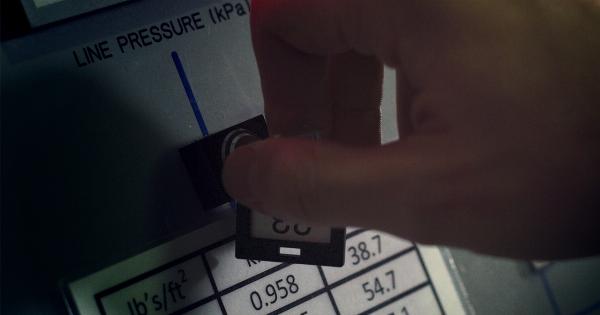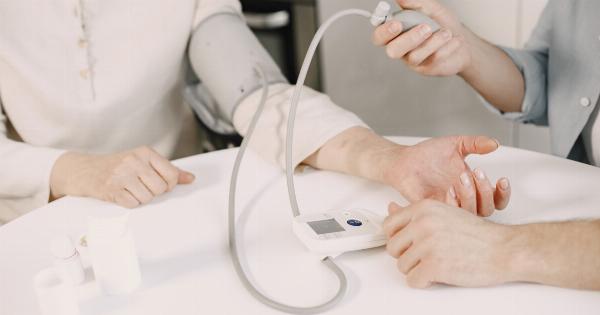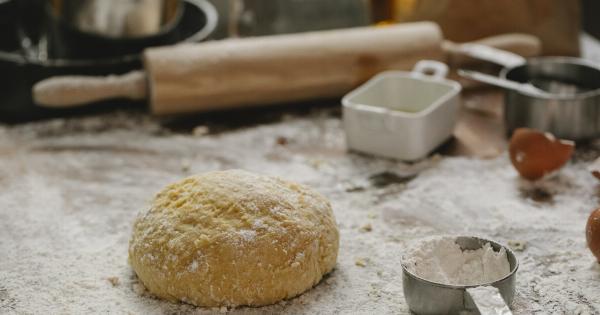Pressure is a fundamental physical quantity used to describe the force exerted on an object per unit area. It has various applications in fields such as engineering, physics, and meteorology.
Measuring pressure accurately is essential for ensuring the safety and efficiency of various processes and systems. In this article, we will discuss practical steps for measuring pressure and explore different methods and instruments commonly used for this purpose.
Understanding Pressure
Before diving into the measurement techniques, it’s important to have a basic understanding of pressure. Pressure is defined as the force acting perpendicular to the surface of an object divided by the area over which the force is distributed.
Mathematically, pressure (P) can be expressed as:.
P = F / A.
Where:.
- P is the pressure
- F is the force
- A is the area
Using Manometers
Manometers are simple devices used for measuring pressure. They consist of a U-shaped tube filled with a fluid (commonly mercury or water) and a pressure inlet.
The difference in fluid levels between the two arms of the U-tube indicates the pressure being measured. Here are the steps to measure pressure using a manometer:.
Step 1: Set Up the Manometer
Place the manometer on a stable surface and ensure both arms of the U-tube are filled with the chosen fluid. The fluid levels should be within the visible range of the scale marked on the tube.
Step 2: Connect the Pressure Source
Connect the pressure source to the inlet of the manometer. Ensure a secure and sealed connection to prevent leaks that could affect the accuracy of the measurement.
Step 3: Observe the Fluid Levels
As the pressure is applied, observe the difference in fluid levels between the two arms of the U-tube. The height difference indicates the pressure being measured. Ensure you read the level at eye level to avoid parallax errors.
Using Pressure Gauges
Pressure gauges are widely used instruments for measuring pressure in various industrial and domestic applications. They provide a direct numerical reading, making them convenient and easy to use.
Here are the steps to measure pressure using a pressure gauge:.
Step 1: Select the Appropriate Pressure Gauge
Choose a pressure gauge suitable for the specific application and pressure range. Different pressure gauges are designed for different types of pressure, such as gauge pressure, absolute pressure, or differential pressure.
Step 2: Install the Pressure Gauge
Install the pressure gauge in the designated location, ensuring it is securely attached. Follow any specific installation instructions provided by the manufacturer.
Step 3: Apply Pressure
Apply the pressure to the system or device under measurement. This can be done by opening or closing valves, activating pumps, or any other method relevant to the specific application.
Step 4: Read the Gauge
Once the pressure stabilizes, read the displayed value on the pressure gauge. The reading represents the pressure exerted on the system at that particular moment. Take note of the units and any variations needed for conversion to the desired unit.
Using Electronic Pressure Sensors
Electronic pressure sensors offer accurate and reliable pressure measurements in a wide range of applications. They convert pressure into an electrical signal that can be analyzed and displayed digitally.
The steps to measure pressure using an electronic pressure sensor are as follows:.
Step 1: Choose the Suitable Sensor
Select an electronic pressure sensor that meets the requirements of the application, considering factors such as pressure range, compatibility with the medium, and environmental conditions.
Step 2: Install the Sensor
Follow the manufacturer’s instructions to install the sensor properly. Ensure all electrical connections are secure, and the sensor is positioned correctly in the system.
Step 3: Calibrate and Configure
Before taking measurements, it is essential to calibrate and configure the electronic pressure sensor as per the manufacturer’s guidelines.
Calibration ensures accurate readings, while configuration allows customization of settings such as units and output signals.
Step 4: Measure the Pressure
Once the sensor is calibrated and configured, apply the pressure to the system. The electronic pressure sensor will generate an electrical signal that corresponds to the measured pressure.
Connect the sensor to a suitable display or data acquisition system to obtain the pressure readings.
Other Pressure Measurement Methods
In addition to the methods mentioned above, pressure can also be measured using techniques such as pressure transducers, bourdon tubes, and strain gauges. Each method has its advantages and is suitable for specific applications and industries.
Consult the manufacturer’s instructions and guidelines for accurate measurement using these methods.
Taking Care of Pressure Measuring Instruments
To ensure accurate and reliable pressure measurements, it is important to take proper care of the measuring instruments. Here are some general guidelines:.
1. Regular Calibration
Calibrate your pressure measuring instruments regularly to maintain accuracy. Follow the recommended calibration interval provided by the manufacturer.
2. Proper Storage
Store your pressure measuring instruments in appropriate conditions to prevent damage or exposure to extreme temperatures, humidity, or other environmental factors that could affect their performance.
3. Prevent Overpressure
When using pressure gauges or sensors, ensure the pressure does not exceed the instrument’s maximum range. Overpressure can cause damage or permanent deformation.
4. Cleanliness
Maintain cleanliness of the instrument and its components. Ensure all connecting ports, tubes, and sensors are free from debris, dust, or contaminants that could affect the measurement.
Conclusion
Accurate measurement of pressure is vital in numerous applications. Whether using manometers, pressure gauges, or electronic sensors, following the appropriate steps and taking care of the instruments ensures reliable results.
Understanding the principles behind pressure measurement and selecting the right instrument for the job are key to achieving accurate and precise pressure readings.

